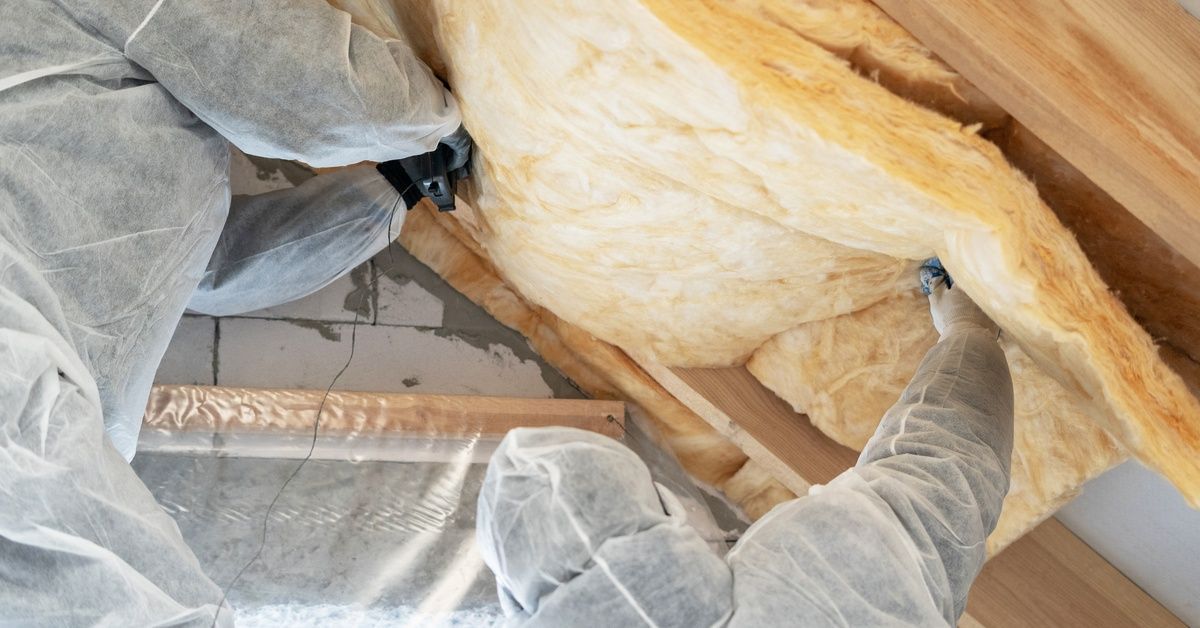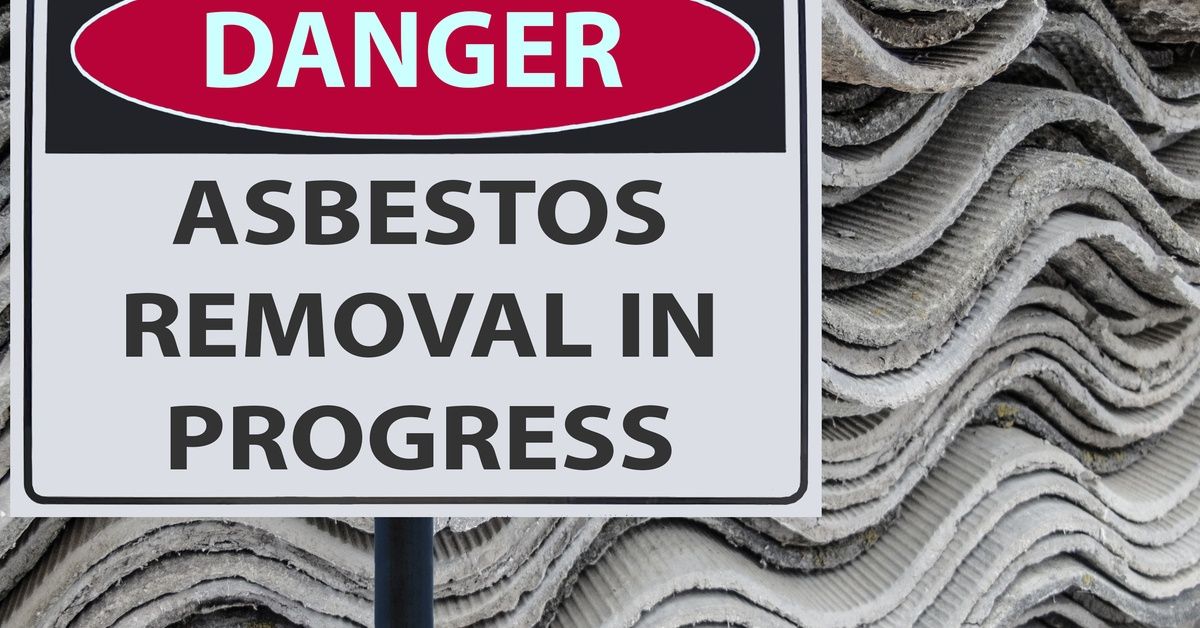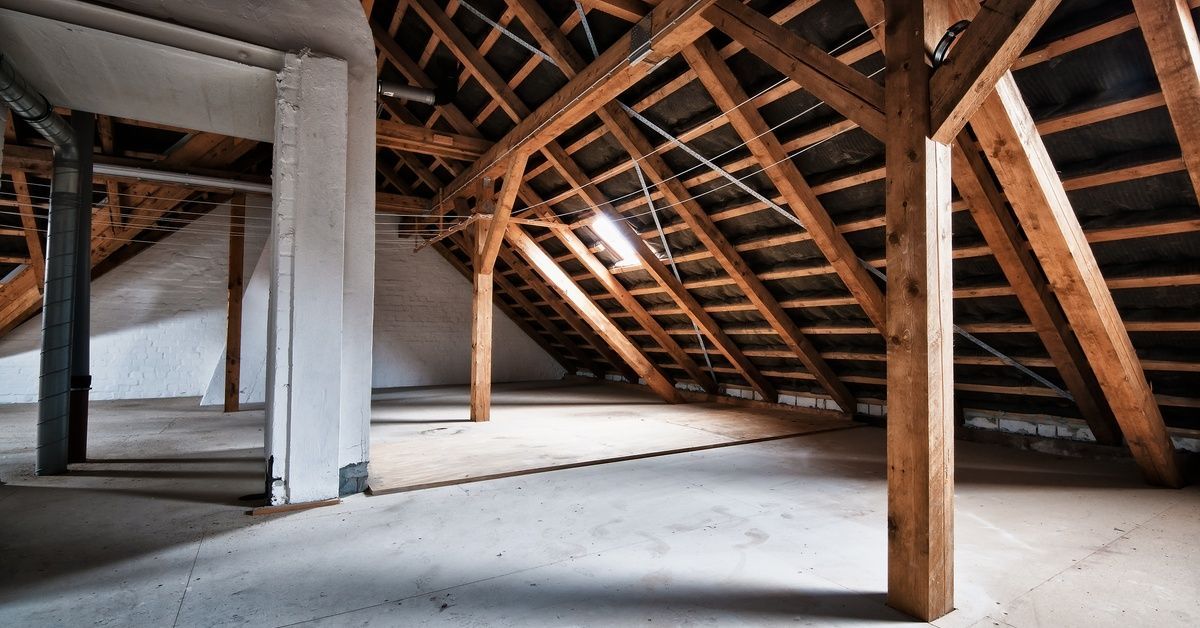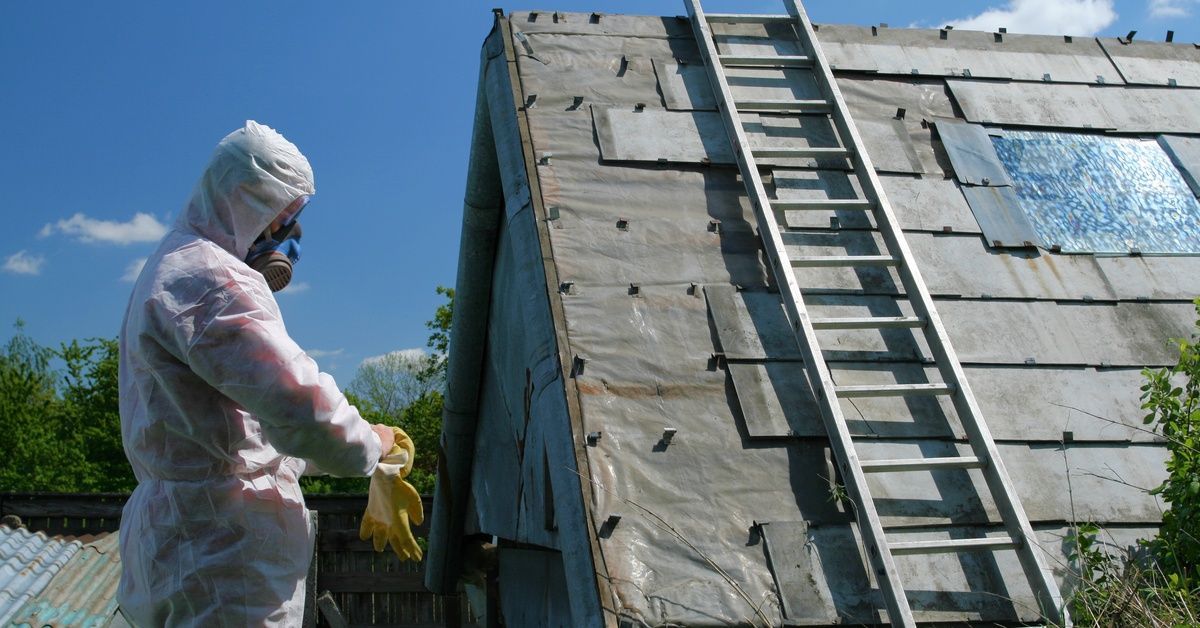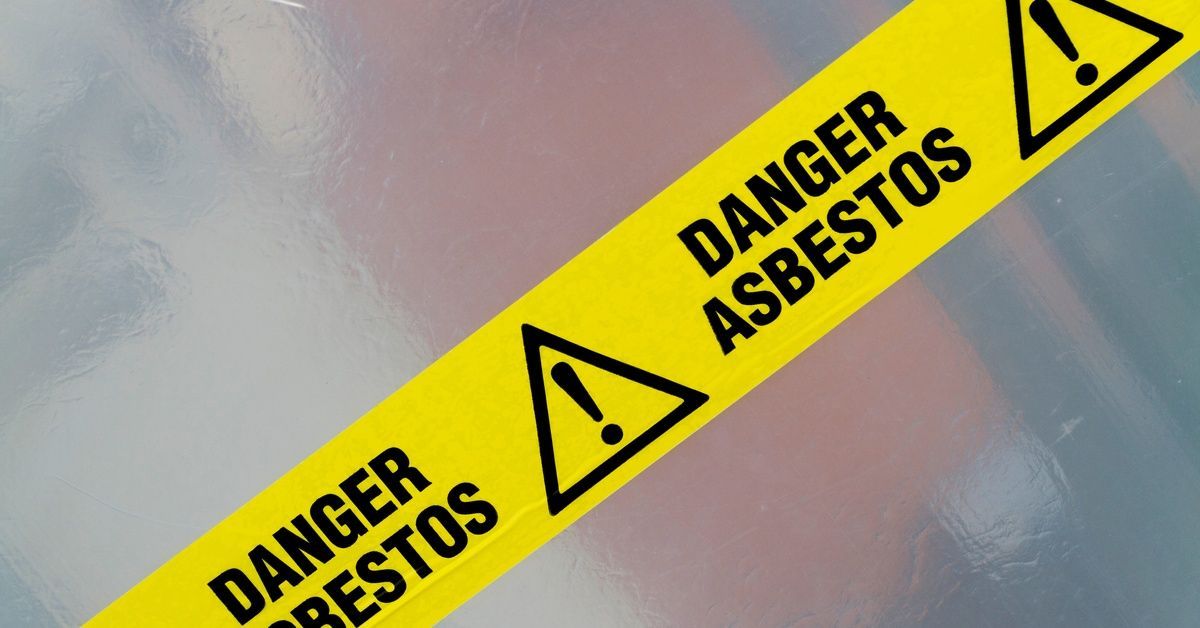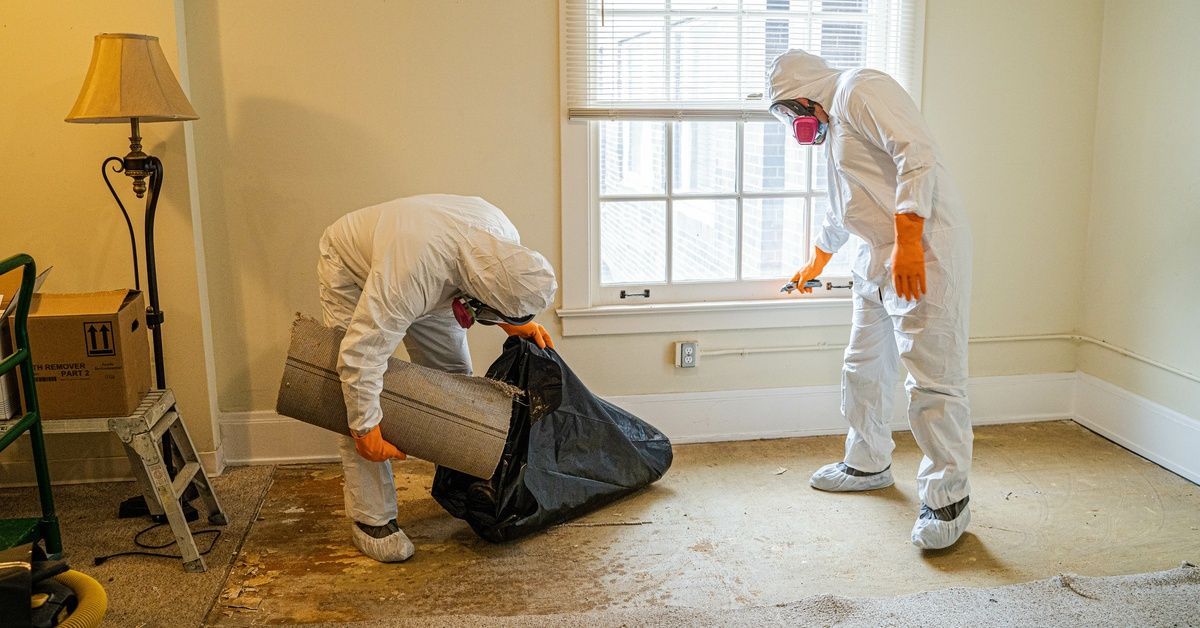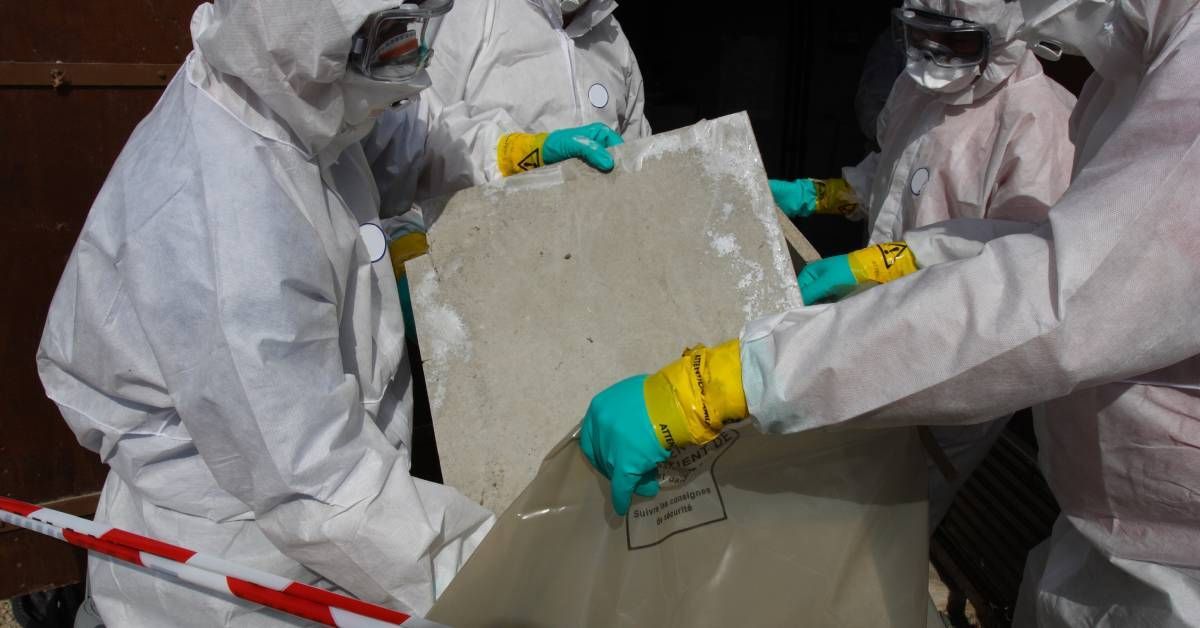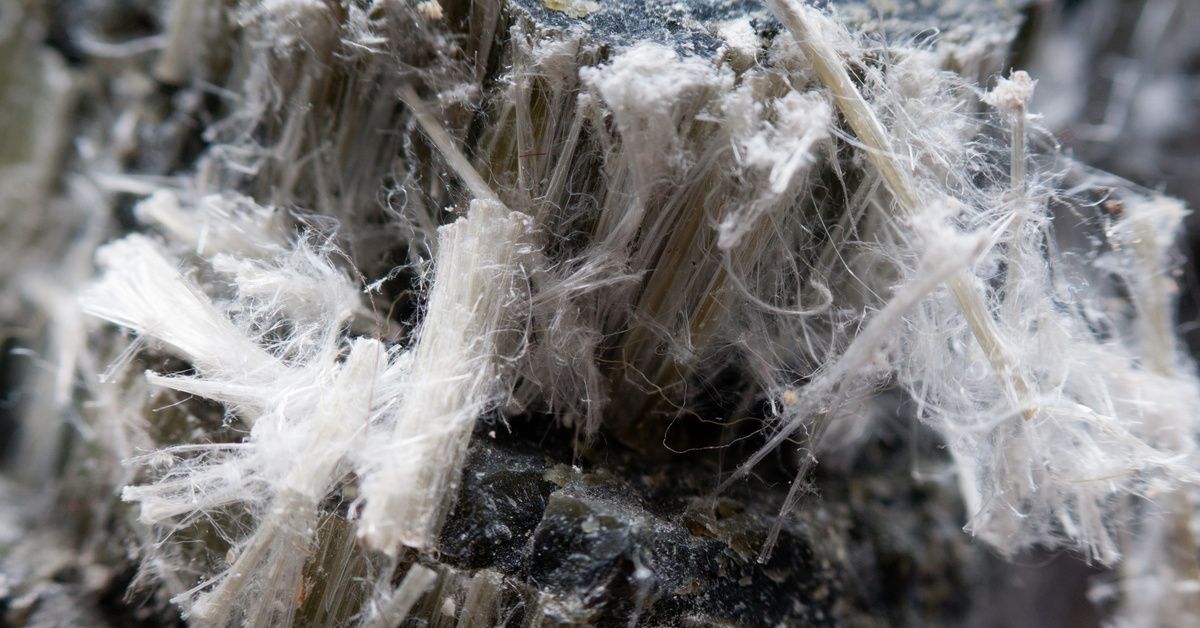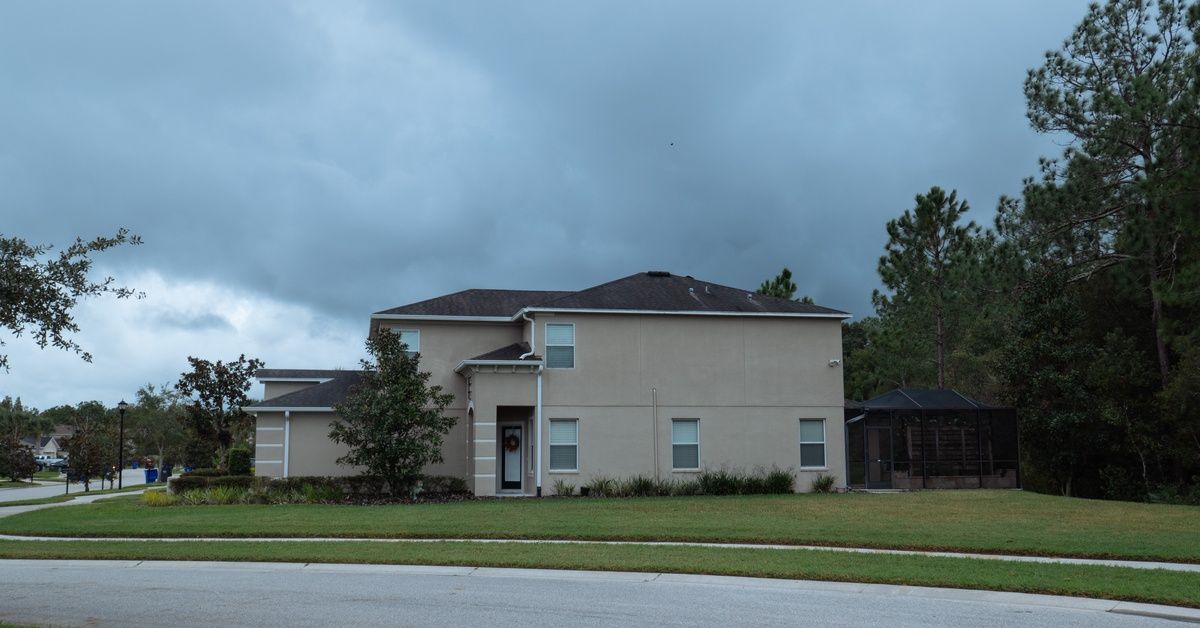Asbestos Concerns: How Long Does Asbestos Stay in the Air?
What you don't know can hurt you when it comes to asbestos! These microscopic fibers, once airborne, can pose significant health risks, making awareness and preventive action critical for your health. Whether you’re renovating an old home or evaluating your living space, understanding how asbestos interacts with the air is vital for protecting your health.
Understanding the Danger of Airborne Asbestos
When asbestos fibers become airborne, they pose health risks. Homeowners usually encounter this substance during renovations or demolitions of old homes built before asbestos regulation enforcement started in the 1970s. The danger lies in the microscopic size of asbestos fibers, making them difficult to detect without professional equipment. Airborne asbestos fibers can lead to severe health conditions such as asbestosis, lung cancer, and mesothelioma when inhaled over time. Knowing how long asbestos remains suspended in the air is important for mitigating exposure risks and keeping yourself healthy.
When Asbestos Is Airborne
How long does asbestos stay in the air? This depends on various factors, such as particle size, airflow, and environmental activity levels. Due to their feather-light structure, asbestos fibers can float in the air for hours or days under the right conditions. For example, drilling, sanding, or breaking asbestos-containing materials can release these fibers into the air during renovation projects.
Once the fibers are released, they could linger until they settle on surfaces or remain disturbed by existing airflow. Without ventilation and containment measures, these dangerous fibers can recirculate, increasing the risk of exposure over an extended period.
Why Professional Testing Is Critical
Assessing the presence of airborne asbestos requires professional equipment and expertise. Visual inspection alone cannot detect microscopic fibers, making testing necessary for accurate evaluation.
Certified asbestos inspectors use air sampling to measure the concentration of asbestos in the air, providing valuable data on potential hazards. Without professional testing, homeowners may unknowingly expose themselves and others to asbestos, especially during construction or remodeling projects.
How To Minimize Asbestos Risks in Your Home
Homeowners can reduce asbestos hazards by taking preventive actions. First, avoid activities that could disturb asbestos-containing materials, including drilling, cutting, or sanding. If you suspect asbestos is present, consult an accredited asbestos removal specialist to assess and safely handle the situation.
An important part of the asbestos remediation process is enforcing safety practices, such as maintaining containment zones and wearing protective gear. Professional abatement guarantees thorough removal, while air clearance testing ensures your living environment remains safe. For asbestos removal in Boston, contact Air Safe to keep your home safe and asbestos-free.
Safeguard Your Family and Home
Understanding how long asbestos stays in the air and the fibers’ persistence once airborne are the first steps to addressing potential contamination. Homeowners must recognize the risks, act responsibly, and seek the help of qualified professionals to protect their health and maintain the safety of their living spaces. If you have asbestos concerns and want to mitigate risks, get professional and qualified help from Air Safe today.

